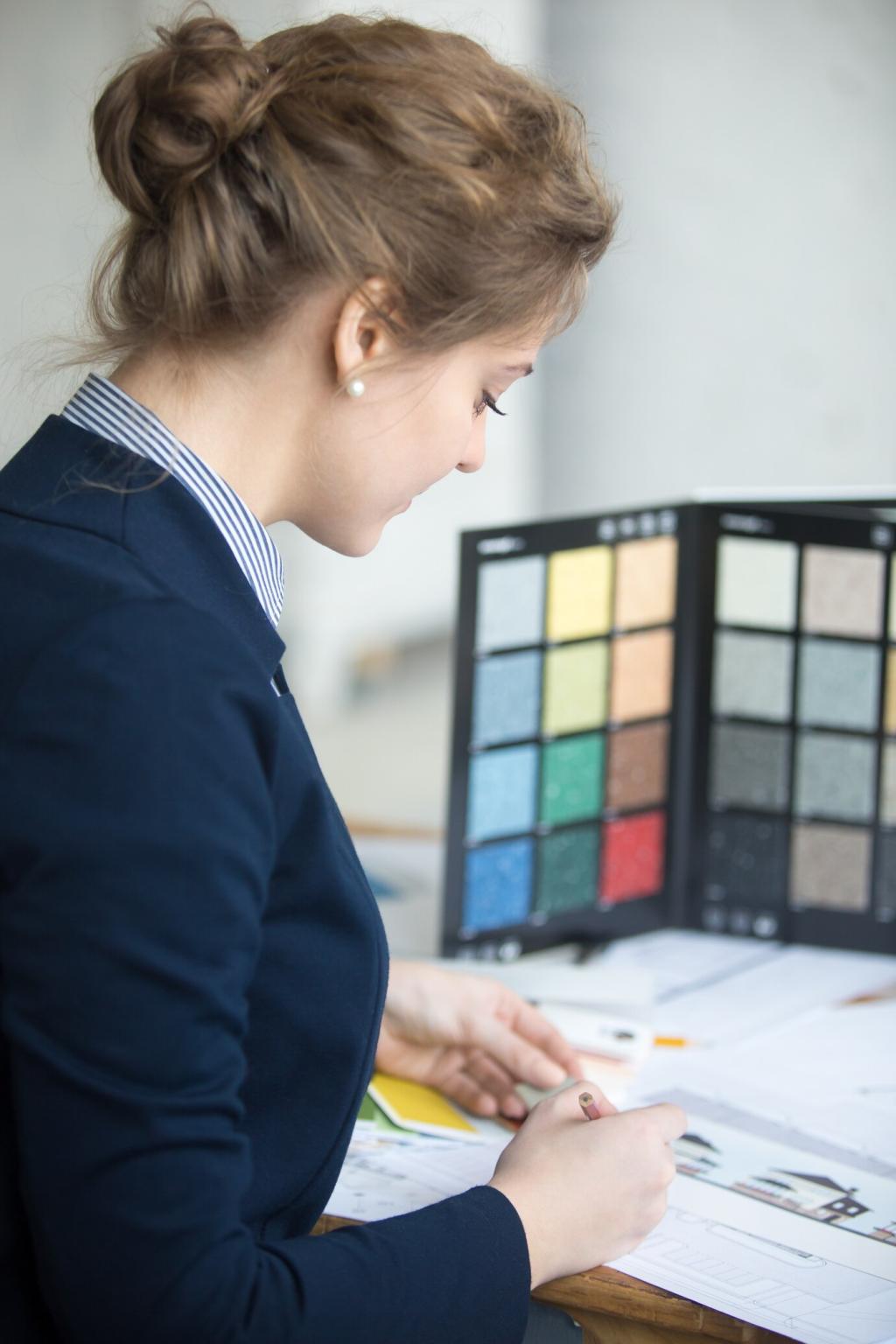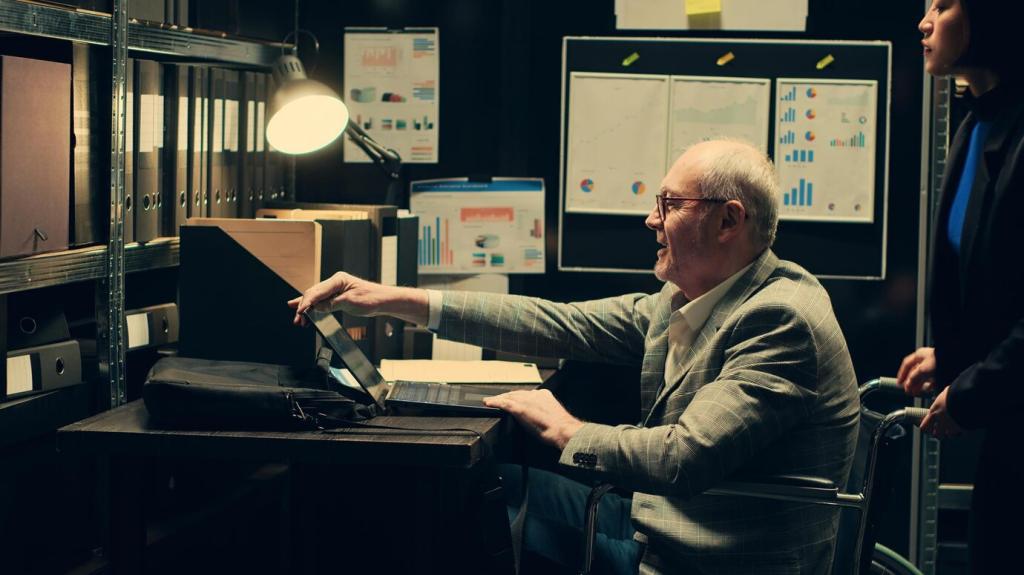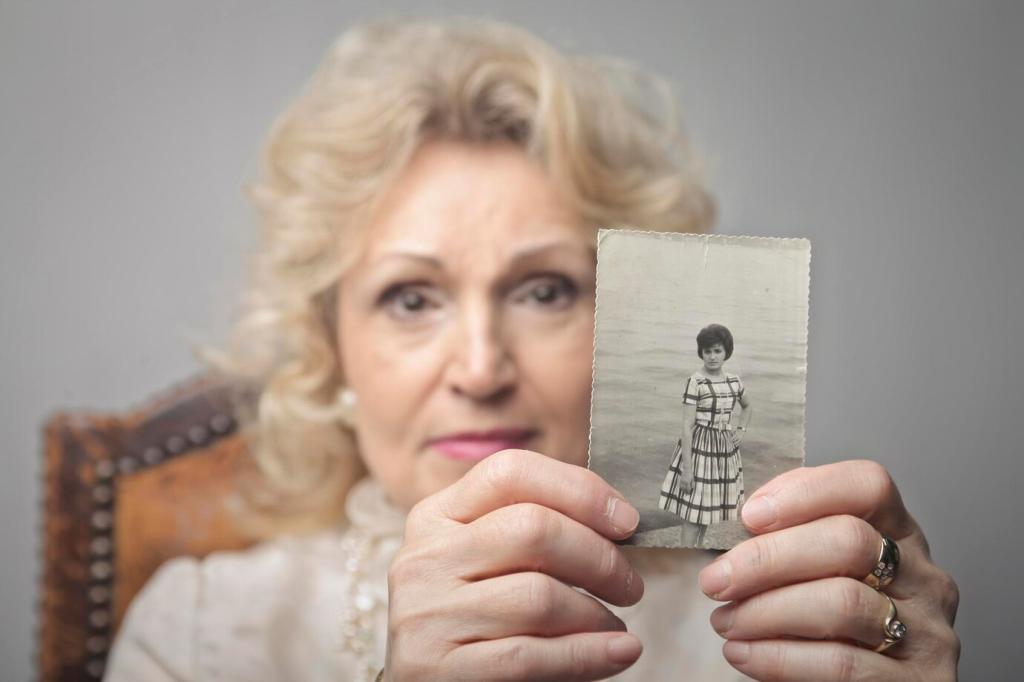Letterpress and Typography: The Relief Revival
Viewed at an angle, relief printing can show a light deboss into the paper. Ink may spread slightly around characters, forming halos. Solid areas sometimes appear uneven where pressure varies, offering analysts reliable diagnostic cues and compelling tactile evidence.
Letterpress and Typography: The Relief Revival
Examine numerals and thin rules for crumpled edges, where pressure pushes ink outward. Solid fields might reveal mottling from variable inking. Compare with crisp intaglio lines or screened offset dots to confirm the relief origin without leaning on uncertain color impressions.
Letterpress and Typography: The Relief Revival
Some issues combine letterpress text with intaglio vignettes for cost and clarity. Check inscriptions for squeeze while portraits feel raised. Share a hybrid example from your collection, and tell us how you separated the processes using light, loupe, and touch.









